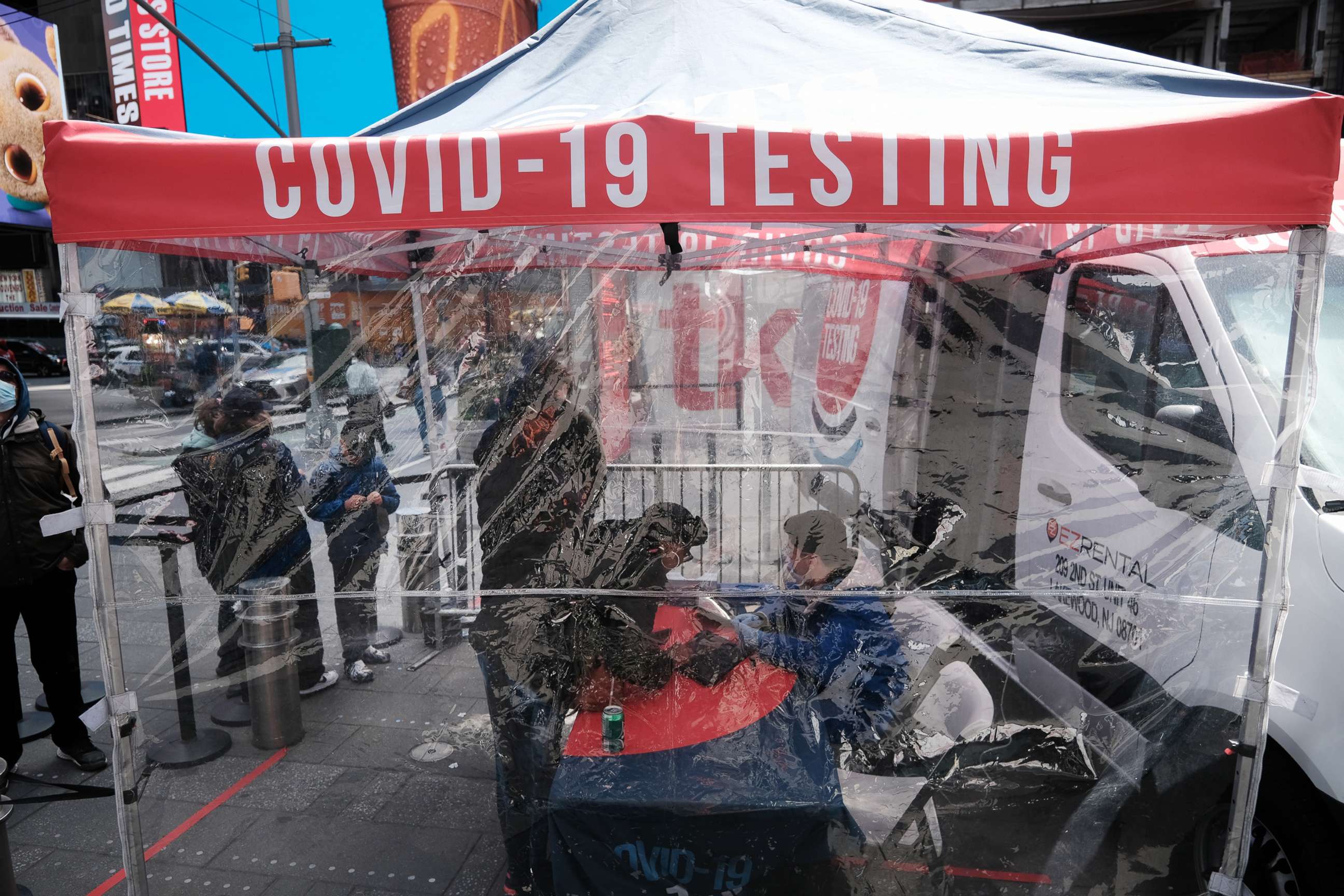Most COVID transmission is still asymptomatic
Some 60% of virus spread starts with those who have no symptoms.
This is a MedPage Today story.
A cough or sneeze in the checkout line at the grocery store may elicit fear of COVID-19, but that maskless person quietly sitting next to you on the subway could pose just as much of a threat, public health experts say.
A significant proportion of COVID-19 transmission is asymptomatic or presymptomatic -- potentially as high as 60%, according to a 2021 JAMA Network Open modeling study.
That may be even higher now, as early reports have signaled a greater percentage of asymptomatic infections from omicron than from previous variants. That could have a lot to do with higher baseline levels of immunity in the population when that variant hit, Dr. Helen Chu, an infectious diseases physician at the University of Washington School of Medicine, told MedPage Today.
Chu said the more exposure to COVID-19 that an individual has -- either in terms of prior infection or vaccination -- the broader the immunity and the better the ability to control the virus. In such cases, an individual is more likely to be asymptomatic or have mild symptoms, she said.

Those with diminished viral loads may be less likely to transmit the disease, but they can still infect others, she said. And breakthrough cases can still carry high viral loads, as was observed in the Provincetown, Massachusetts outbreak in July 2021.
“Spaces that are not well ventilated, have large numbers of individuals and places where people are speaking loudly or eating, those are the spaces that we should be most concerned about,” Chu said.
Estimates of asymptomatic disease rates with COVID-19 -- the proportion who are infected but never manifest symptoms -- have ranged from about 25% to 40% throughout the pandemic, with a number of papers, including one in the Annals of Internal Medicine, coming in at about a third of cases.
There are no data yet on whether omicron’s subvariants, such as BA.2 and BA.4 and BA.5, cause more asymptomatic infections, Dr. Otto Yang, an infectious diseases physician at the David Geffen School of Medicine at the University of California, Los Angeles, told MedPage Today.
But he also noted that high levels of population immunity puts the U.S. in a “completely different situation from earlier when there weren’t vaccines and few people had been infected.”
Nonetheless, both Chu and Yang said the high rate of asymptomatic and presymptomatic transmission highlights the need for continued mitigation measures, especially to protect vulnerable populations such as children under 5 and the immunocompromised.
“We know what works, and I just find it puzzling that we aren’t continuing to do the things that work when we know that there’s long COVID, the under-fives are unvaccinated, and people can get repeatedly infected over time,” Chu said. “We can’t get to zero COVID, but it just surprises me that so many things have stopped, and in a time in which we have very little surveillance.”
Yang also cautioned that continued transmission brings “more opportunity for new variants to develop, and the next variant could be more deadly for all we know.”
Just last month, the Centers for Disease Control and Prevention reported that, as of February, more than half of the U.S. population has been infected with COVID-19, including 75% of children and adolescents. About a third became newly seropositive since December 2021, when omicron became predominant in the U.S.
CDC noted that seroprevalence can improve understanding of population-level incidence of COVID-19 because some cases are asymptomatic, not diagnosed, or not reported. It stated, however, that seropositivity for antibodies produced in response to infection should not be interpreted as protection from future infection.
There also remains a concern about long COVID following infection, even one that occurs without acute symptoms, experts said.
“Given that community transmission levels are rising in most of the U.S., it is important we continue to layer mitigation measures to prevent further spread and exposure to the virus even if you are vaccinated,” said Dr. Syra Madad of Harvard’s Belfer Center for Science and International Affairs. “While the risk at the individual level may be low if you are not in the high-risk category, and we have more tools to manage the disease including antivirals, the risk to the overall community is still high.”



